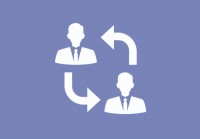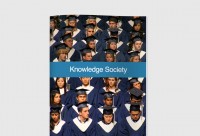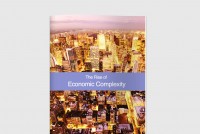Distributed Organizations: An Institutional Transformation
The world is changing rapidly and the internet is fast entering a new technological era as web 2.0 gives way to an emerging set of blockchain technologies. This next generation of internet technologies built on the blockchain offers many interesting new technological, economic and social innovations – such as digital currencies, distributed ledgers, blockchain IoT systems – that will transform many industries from finance and insurance to energy, and cyber security. But probably the most extraordinary and potentially most revolutionary of all is the idea of distributed autonomous organizations. The idea that with this technology we can now create massive organizations that are truly distributed and automated, something we have never seen before and whose potential is only really limited by one’s imagination.
A decentralized autonomous organization (DAO) is an organization that is run by rules that are created by their members through a consensus process and then written into a set of smart contracts that are run on the blockchain, thus enabling the automated management of a distributed organization. Although truly autonomous decentralized organizations are something new they can also be seen as just one more step in a millennia-old process of institutional evolution. A process in which we have gone from organizations based fully upon the specific characteristics of their leaders within hierarchical structures, such as in chieftains or monarchs, to the modern bureaucratic organization that is bound by impersonal rules and formal structures designed to be somewhat independent from the whims and characteristics of any particular member occupying their roles, to today’s platform economy where the platform rules are executed by computer code automatically.
In this paper, we look at the context giving rise to distributed social organizations before analyzing some of the basic principles and design patterns that support them. We talk about the difference between centralized and distributed organizations, how token systems work, we look at the process of self-organization and feedback loops that form the central dynamic regulating distributed organizations of all kind. Finally, we discuss how smart contracts and the blockchain enable both the automation of trust and of management processes that can make for frictionless and fluid interaction and coordination amongst large groups of people.










